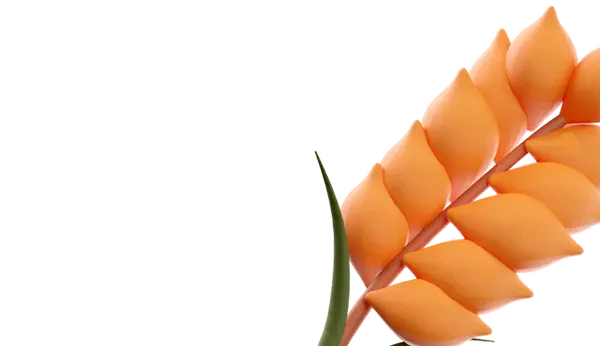In the Khabarovsk Krai, scientists from the Pacific State University have developed a neural network capable of predicting the yield of agricultural crops with an accuracy of up to 85%. By using satellite imagery, meteorological data, and soil characteristics, this innovative technology opens up new possibilities to increase the efficiency of agriculture.
In fertile soil, the neural network can determine the yield of potatoes, barley, wheat, oats, buckwheat, and soybeans. Thanks to the collected and processed array of data, including meteorological indicators, satellite images of fields, and soil composition, the neural network is trained to predict yield with high accuracy. Comparative analysis with reports from the Russian Academy of Sciences confirms the results.
Specialists have found that a recurrent neural network turned out to be the most effective for conducting calculations. It processes time series and makes forecasts. Additionally, various mathematical models of regression analysis and function approximation are applied.
The resulting model will be provided to regional enterprises. It is expected that the neural network and the conducted research will help agronomists and farmers optimize resource usage and minimize risks associated with changing climatic conditions.
In the future, scientists plan to improve the neural network to increase the accuracy of yield forecasting and adapt it to other common crops in the region. Moreover, the neural network will be trained to determine the impact of various fertilizers on yield.















